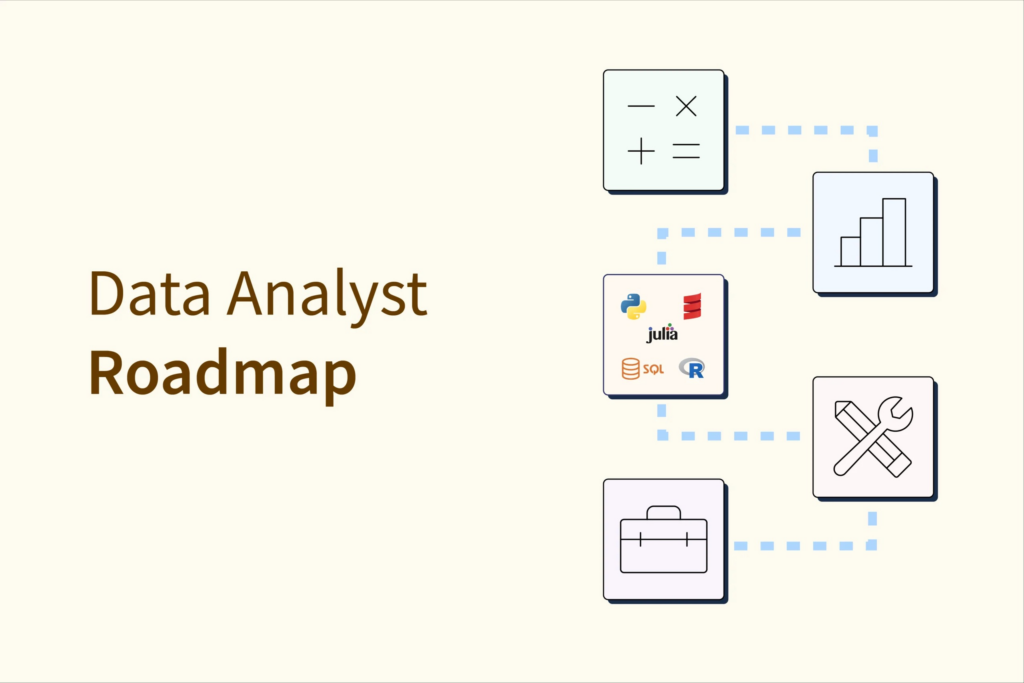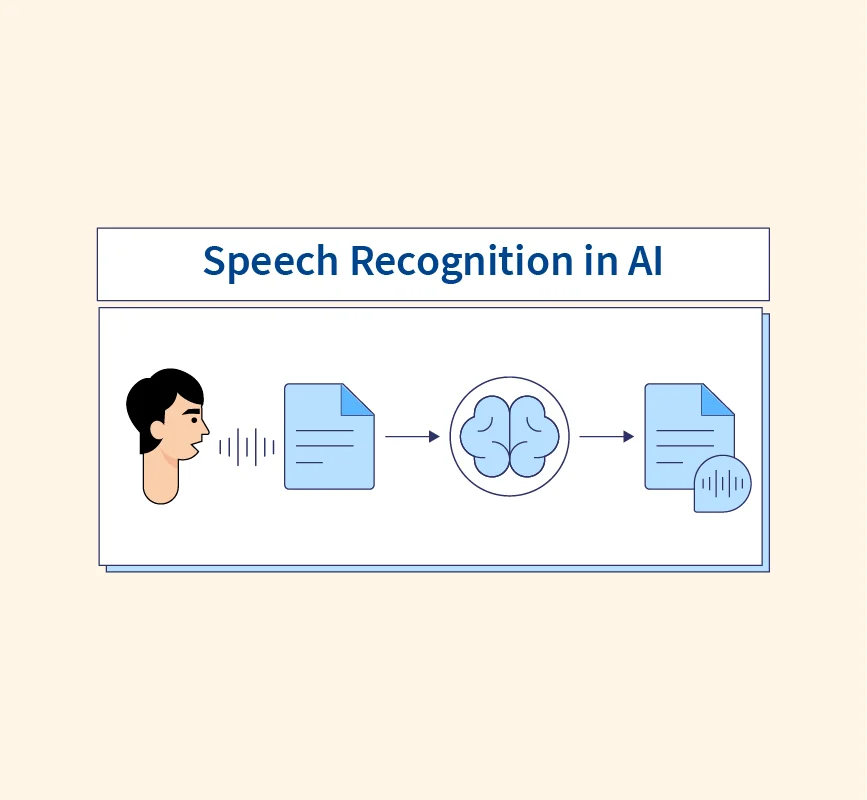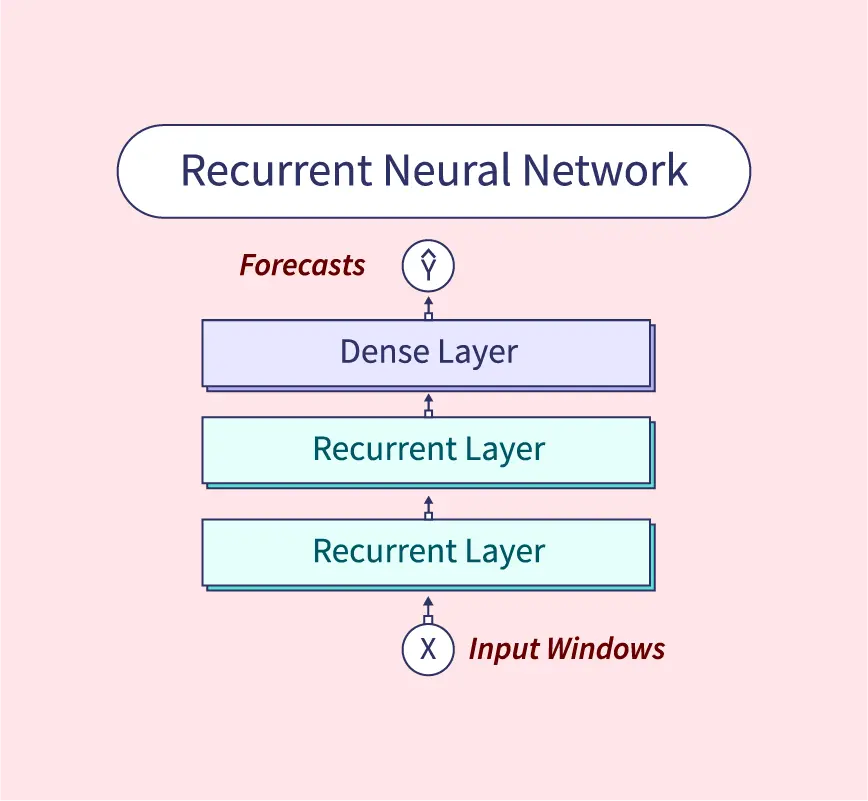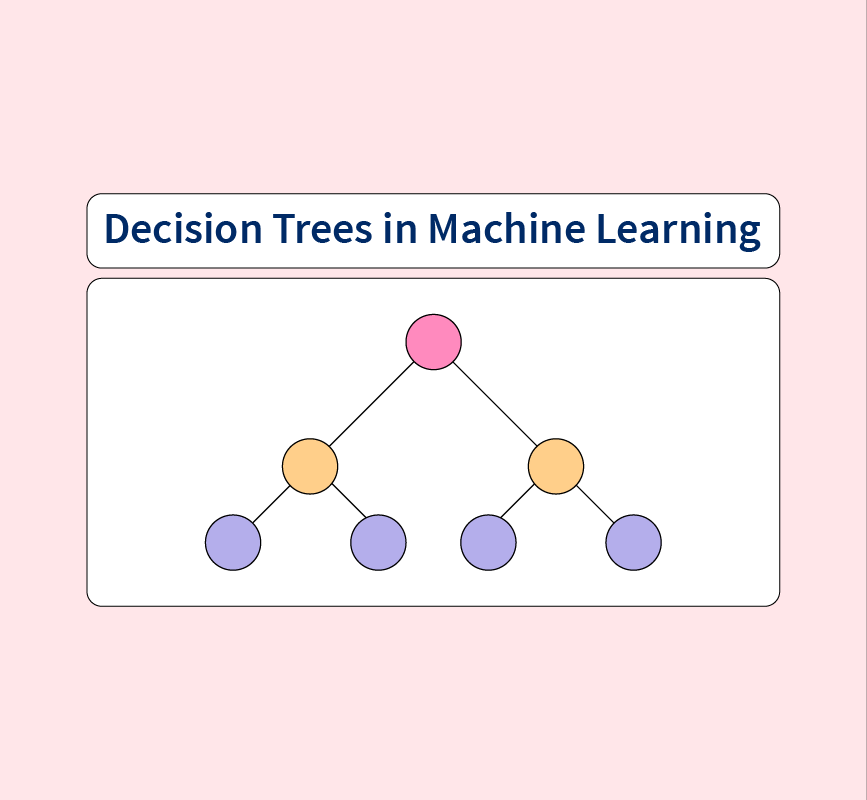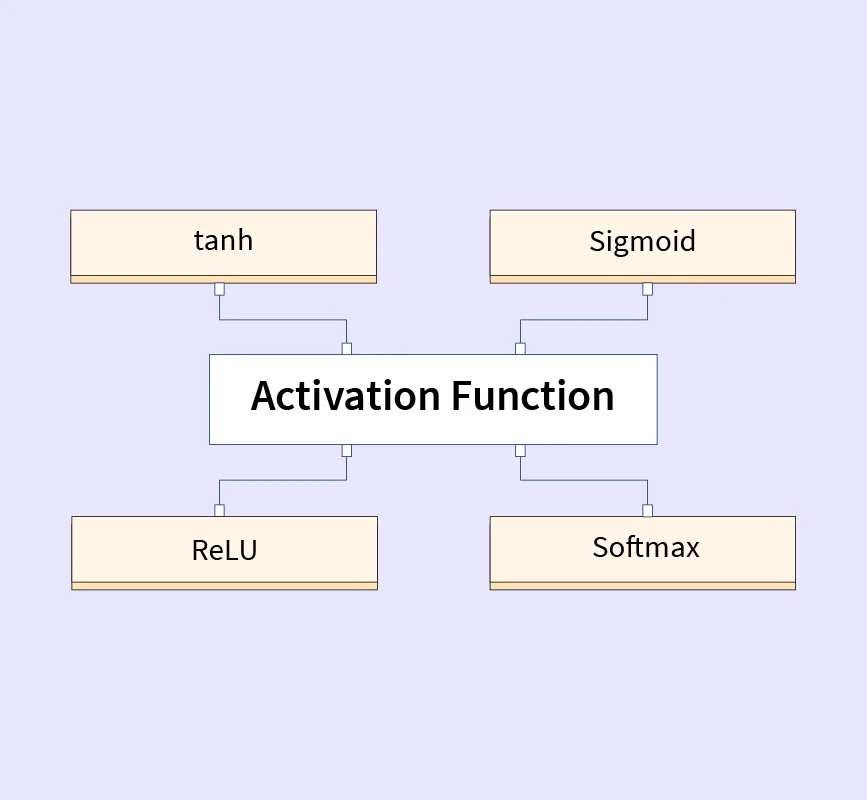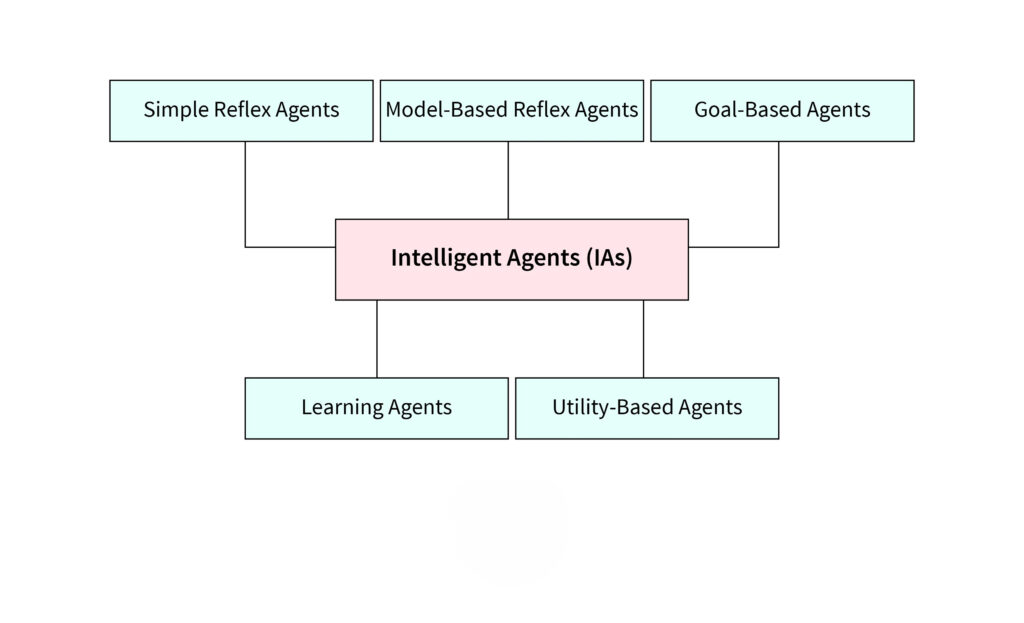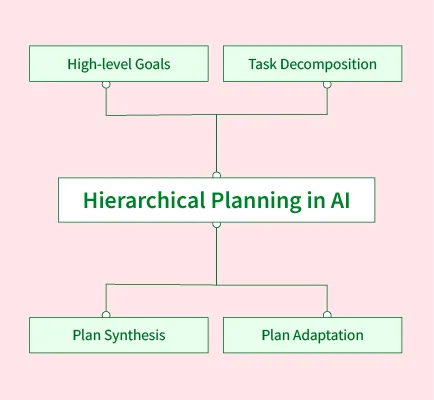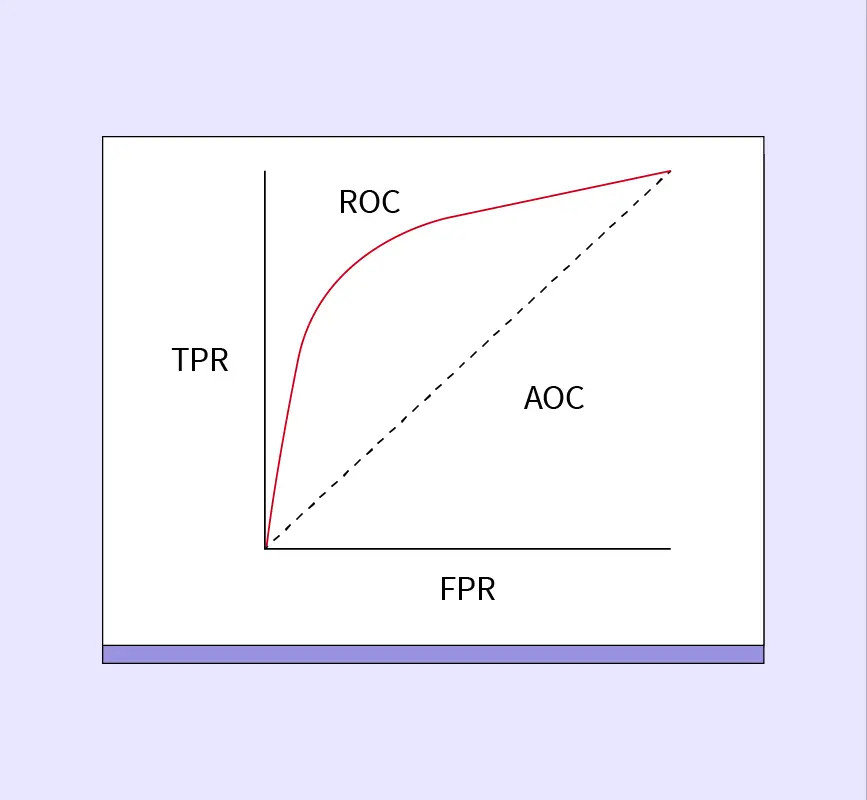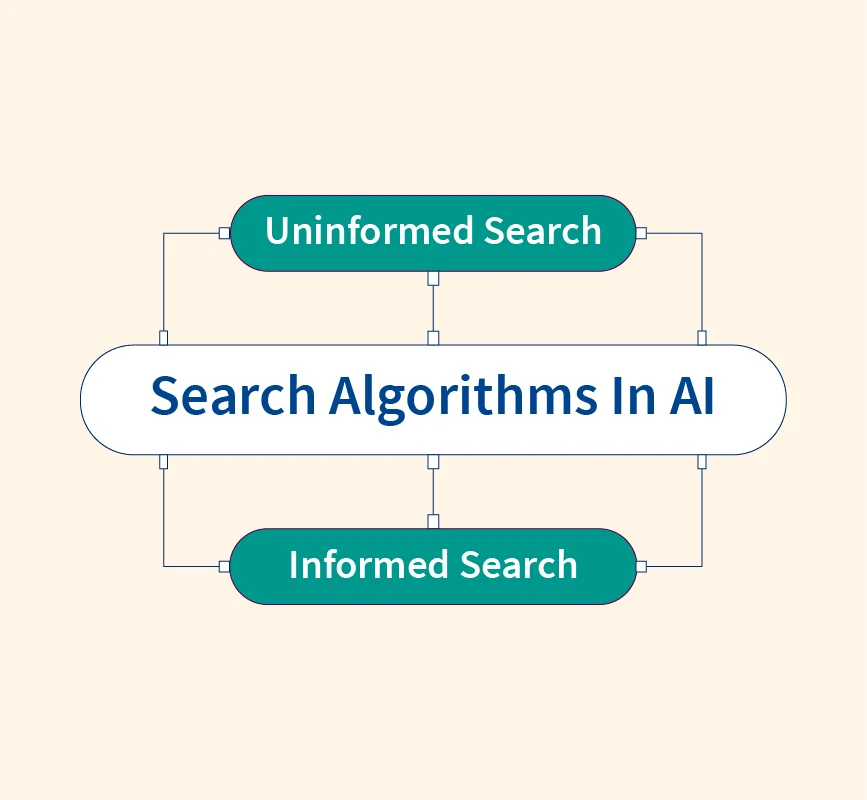Data Analytics Roadmap: Your Only Guide For 2025
Data analytics has become a key part of modern business, helping companies make smart, data-driven decisions. Whether you are looking to switch careers or just starting your professional journey, understanding data analytics can open doors to exciting opportunities. Companies today need experts who can handle data, analyze it, and extract meaningful insights to improve operations ...
